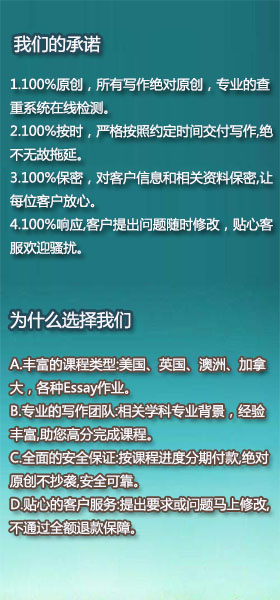
the respective colonial (or semi-colonial) experiences of the two nations during the 19th century. However our analysis differs from the “colonialism-institutions hypothesis” in several ways. Colonialism in Brazil and India lead to two divergent processes: On the one hand, regressive political and economic institutions (slavery, regressive land tenure systems, lopsided distribution of political power etc.) emerged. On the other hand, colonial exploitation led to another set of consequences: disenfranchisement amongst the masses and sections of the elite (especially the industrial elite) who sought to break from the international division of labour that had restricted their economies into exporters of primary commodities. One therefore finds that after independence, though a number of colonial institutions remained, a number of others were dismantled.
The emergence of a proactive state and the initiation of import substituting industrialization were the biggest institutional changes that were introduced in the 20th century. However, the specific differences in historical experiences led these countries to adopt different sets of policies even within a state lead ISI framework. In Brazil, the state and domestic class interests aligned themselves in such a way so as to provide space for FDI in the industrialization process. In contrast, in India the post-colonial society established institutions that restricted FDI in the economy until the neo-liberal era. The basic scheme of our argument can thus be explained as follows:
19th century historical factors → Institutional persistence and institutional rupture → role of FDI in the economy → Industrial growth
In the first two sections of this article we shall briefly review the function of foreign investments both prior to and during the process of import substituting industrialization (ISI) in each country. The following section we analyze the changing role of FDI in the neo-liberal era, when ISI was abandoned. Following this, we then analyze the contemporary role of FDI in the respective economies, and then examine the advantages and disadvantages the different policies towards foreign capital have had on the development process of each country.
FDI IN HISTORICAL PERSPECTIVE
Brazil
In the early years after independence (from 1822 to the 1850s) foreign investments (mostly of British origin) were mainly concentrated in finance and trade. The production of export products (coffee and sugar) was dominated by local residents, while the shipping and the financing of trade was in the hands of foreigners. In the second half of the 19th century the Brazilian government encouraged foreign capital to build the country’s infrastructure – railroads, ports, and urban public utilities. Much of these investments were designed to better integrate Brazil into the world’s trading network as a supplier of primary goods. In 1880 the total stock of foreign investments were estimated at US$ 190 million; this expanded to US$ 1.9 billion by 1914 and to US$ 2.6 billion by 1930. Prior to 1930 Britain was the dominant foreign investor; it still accounted for 50% of foreign investment in that year, though the United States share was rapidly increasing, already accounting for 25% of total foreign investments.
Although foreign investments contributed resources and technology to Brazil in the years prio





